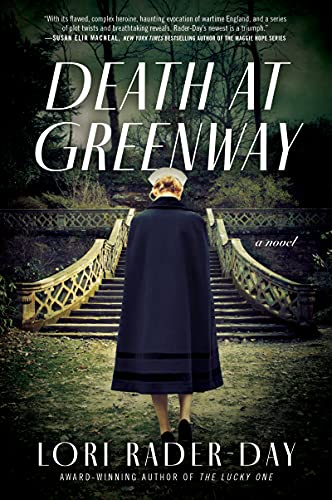Death at Greenway
Greenway, Agatha Christie’s estate in Devon, England, serves as the setting for this riveting novel. Lori Rader-Day’s story centers around the practice of evacuating children from London to the country during World War II, to keep them safe from the Blitz. Two young women, acting as nurses, care for ten lonely but rambunctious children housed at Greenway. A crew of servants, volunteers, and villagers assists the nurses. Nurse Bridget Kelly, the protagonist, begins as a sad, almost invisible character, who develops powers of observation, and more importantly makes at least two startling choices upon which the plot turns. Christie is absent from her own house more than resident there, but her spirit is always present. Before long readers learn, of course, that not all is as it seems. Are the nurses really nurses? Is the village doctor really an honest man? Are the high number of robberies in the village just a coincidence? And what about the disappearances? The novel evokes Christie’s style, complex plots, and atmosphere, but with impressive updates in terms of intimate relationships and psychology.
Rader-Day introduces many hints, some of which prove to be omens and some distractions. Even paying close attention to these, most readers will be unable to guess at the details of the unfolding plot or the nature of mistaken identities. American readers will love such phrases as “bits and bobs” and “spend a penny” and such words as “snogging” and “bothy,” expertly chosen by Rader-Day to evoke the place and time. Readers of historical novels will love the mix of history and fiction, admiring the way facts are easily feathered into the flow of the story. Highly recommended.










